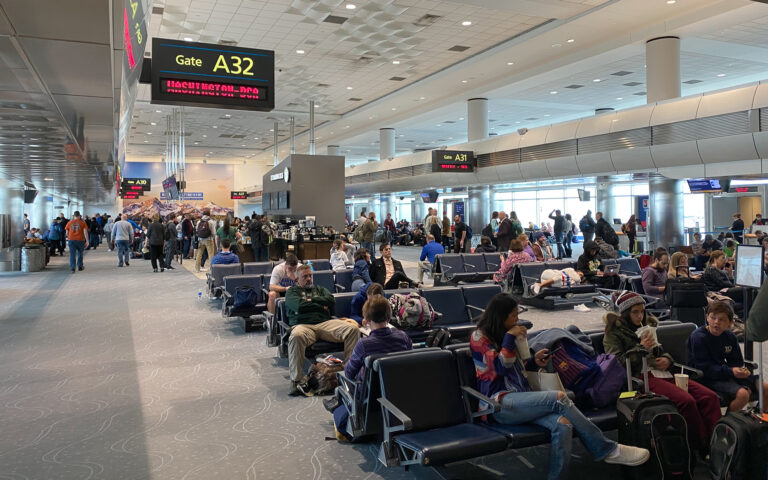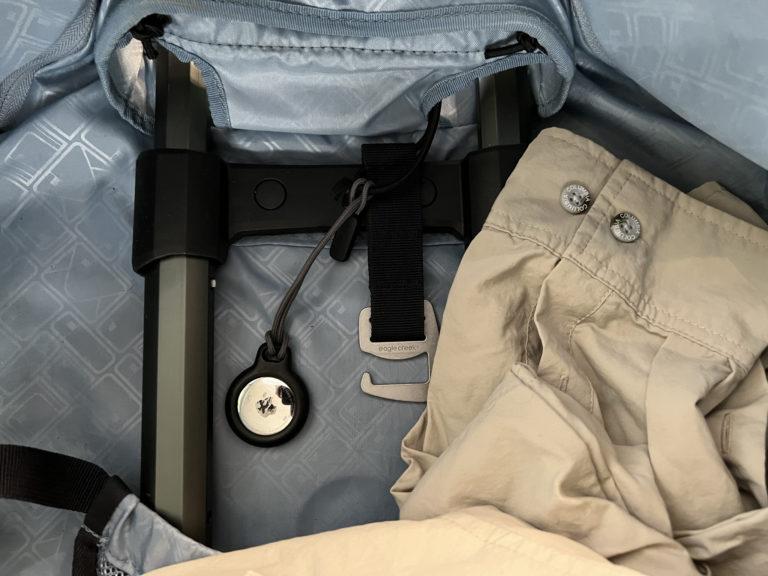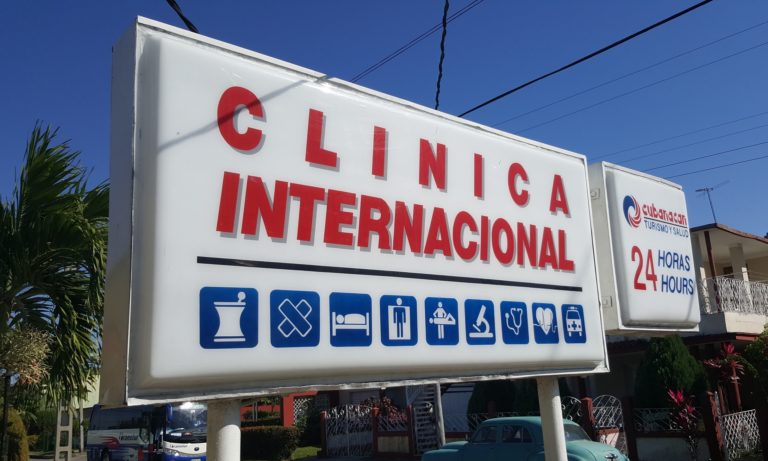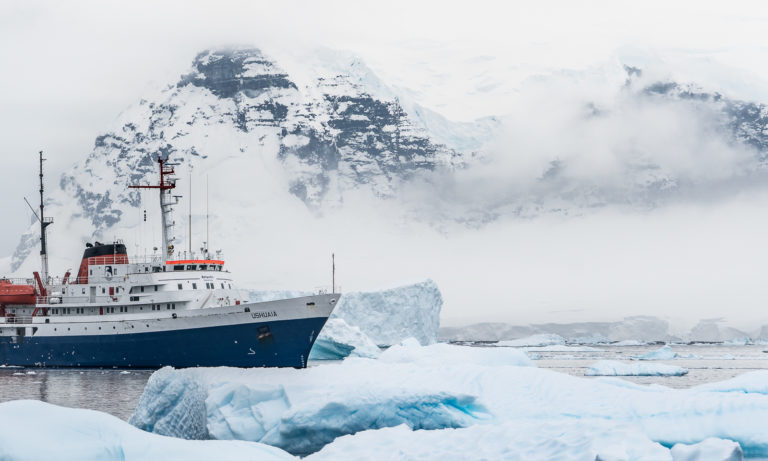Filed under “been there, done that, have the wounds and bruises” department. I’m not being paid by any vendors I recommend here, they’re mentioned because I use and love their gear or services.
- Practice the fine art of packing. Use a wheeled suitcase or duffel. Duh. I can highly recommend the Spring Peeper by Crumpler, but there are many others that do the job.
- Decide on the right camera bag for your trip. This can vary, depending on the trip you’re doing and the gear you’re planning on carrying. For long trips that I’ll need plenty of gear on, I use the Bataflae by Gura Gear. Shorter trips, I have an out-of-production Farmer’s Double by Crumpler. My point here is, you’ll need more than one bag depending on your gear and trip. Put non-critical and duplicate gear in your rolling duffel which will be in the belly of the plane – but be sure to carry your camera(s), lenses, batteries, laptop, memory cards with you in your backpack on the plane. Inside your bag, use packing cubes and other little bags to hold all your small stuff. This makes it super easy to keep tabs on everything while you’re on the road. I love, use and recommend the Et Cetera cases from Gura Gear. Be mindful of what you stow in your carry-on, airport security has been known to confiscate little screwdrivers for eyeglasses, and other things that you would think are “safe” to take. No sharps, no liquids in your carry-on.
- Consider the weight of your tripod and ballhead. I have recently switched to using a Really Right Stuff Versa 1-Series tripod, and BH-30 ballhead. This has reduced my weight by over a pound and a half! I’ve added the RRS spikes to this tripod, and I get maximum stability in a super lightweight and easy-to-carry setup.
- Take a critical, hard look at all the gear you carry. I’ve recently started using Panasonic µ4/3s GH3 as my second body, along with three awesome, lightweight lenses: 14-28, 24-70, and 70-200 equivalents. In fact, I’m taking this exact setup to Italy for two weeks while I enjoy a break from work with my wife in April. All that stuff, and the tripod, fit in a super-small backpack or even messenger bag. Sure, for other trips, I will take more gear. Galapagos is coming up in June for us… I plan on bringing my Nikon D800, and my Panasonic GH3 and lenses. But the only lenses I own for my Nikon are wide angle Zeiss.
- Rent gear when you need it. I love the convenience and service from Borrowlenses. For my Galapagos Trip in June, I’m renting a Nikkor 80-400, and also an underwater housing for my D800 and Nikkor 17-35. Why rent? These are things I use only infrequently, and Borrowlenses ships fast and easy, and the prices are amazing. Oh and Muench Workshops friends get a 10% discount, just ask us.
- Backup, backup, backup. Did I say backup? Whether you’re on the trip of a lifetime to Africa, or a simple weekend in NY or Yosemite, you need to have a backup camera. Don’t let a failed camera ruin your photography! Most of you already own a great DSLR. There are great systems out there to back that up, either inexpensive 2nd DSLR bodies or high-end point and shoots, or something from the µ4/3s family. But do bring a 2nd system. Also: spare batteries, plenty of CF/SD cards, and a way to back them up onto secure storage. I do not format cards when I’m on a trip, I keep them, and also back them up to a 500gb external hard drive that attaches to my laptop.
- Less is More. You’ve got to be nimble and quick while traveling and shooting. Make that bag lighter by choosing your gear wisely. Opt for a lightweight tripod setup (see #3), and think long and hard about all of those lenses. Example: for our Galapagos trip in June, I’m bringing only this: Nikon D800 and Zeiss 21 (tripodded landscapes), and Nikkor 17-35 (for underwater), Nikkor 80-400. I’ll shoot with the Panasonic GH3 for anything 14m to 200mm. Super easy to carry this setup for hours, comfortably.
- Money, passport, etc. OK yeah you gotta deal with this. I love my very simple Lewis N Clark pouch for all of this stuff. And it offers RFID protection.
- Check your mobile phone plan! Using your phone while traveling overseas can be a huge expense. Find out what your provider offers for out-of-country usage, and buy a prepaid data/voice plan. If you have an unlocked phone, then your best bet will be to purchase a SIM card locally (typically at the airport).
- If you are a US citizen, consider applying for “Trusted Traveler” status, it costs $100 for 5 years, but will speed you though immigration and customs at many US Airports.
- What, you thought I’d stop at 10??? Credit and debit cards. Be sure to call your card company or bank before you leave on a trip – domestic or international. Let them know where you’ll be and that you’ll likely be using that card, and you’ll have no problems.
Enjoy (traveling) photography,




